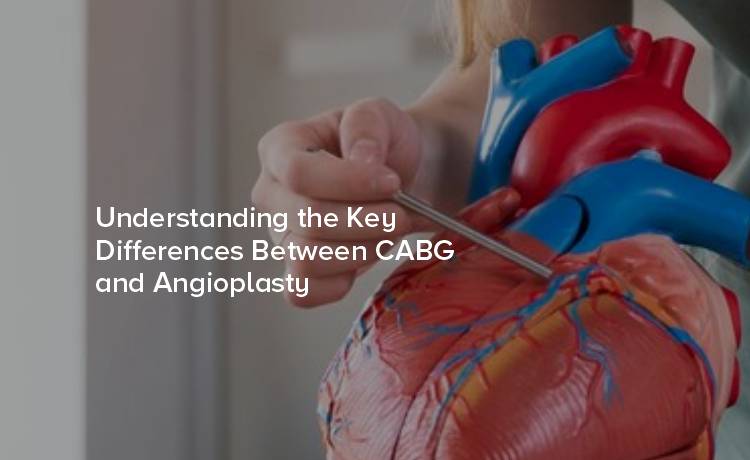
When it comes to treating coronary artery disease (CAD), two of the most commonly discussed options are Coronary Artery Bypass Grafting (CABG) and Angioplasty with stent placement. If you or a loved one is facing this decision, understanding these procedures, their benefits, and choosing the most appropriate option can make all the difference in achieving better heart health.
Before we explore CABG and Angioplasty, it’s crucial to understand the condition these procedures aim to treat. Coronary Artery Disease occurs when fatty deposits (also known as plaques) build up in the coronary arteries. These arteries are responsible for supplying blood, oxygen, and nutrients to your heart.
The plaque buildup narrows the arteries, reducing blood flow and leading to symptoms like chest pain (angina), shortness of breath, and even heart attacks. When lifestyle changes and medications aren’t sufficient to improve blood flow to the heart, medical interventions like CABG or Angioplasty become necessary.
Coronary Artery Bypass Grafting (CABG), often referred to as bypass surgery, is a surgical procedure designed to improve blood flow to the heart.
During CABG, a surgeon uses a healthy blood vessel—often taken from the leg, chest, or arm—as a "bypass" to create a new path around the blocked or narrowed coronary artery. This allows blood to flow freely to the heart muscle.
CABG is typically recommended for patients with severe blockages in multiple coronary arteries. It's performed under general anesthesia and often requires several hours in the operating room.
While CABG is generally safe, as with any major surgery, there are risks including infection, blood clots, or complications from anesthesia. Recovery takes several weeks to months, requiring lifestyle adjustments and ongoing cardiac care.
Angioplasty, often accompanied by stent placement, is a less invasive procedure used to open narrowed or blocked arteries.
During this procedure, a thin tube, or catheter, with a tiny balloon on its tip is inserted into a blood vessel (usually via the wrist or groin) and guided to the blocked section of the coronary artery. The balloon is inflated to push the plaque against the artery walls, restoring blood flow.
Often, a stent—a small mesh tube—is placed in the artery to keep it open. Angioplasty is considered a minimally invasive procedure and is usually performed with local anaesthesia and sedation.
Now that we understand each procedure individually, let's break down the key differences to help you better grasp when one might be more suitable than the other.
Ultimately, the choice between CABG and Angioplasty will depend on factors like the number and severity of blockages, your overall health, and your doctor’s assessment.
It’s essential to work closely with your cardiologist and surgical team when determining the most suitable treatment. Here are some key considerations to discuss with your healthcare provider:
Keep in mind that lifestyle changes and medication will likely remain part of your treatment plan to maintain artery health and prevent future issues, regardless of the procedure chosen.
Both CABG and Angioplasty have evolved significantly in recent years. Advances like robotic-assisted surgery and innovative drug-eluting stents have made these procedures safer and more effective. Emerging imaging technologies and diagnostic tools also allow physicians to tailor heart care to each patient's specific needs.
Both CABG and Angioplasty offer life-saving solutions for patients with coronary artery disease. Whether you choose the surgical route of bypass grafting or the minimally invasive path of angioplasty, the ultimate goal is improved heart health and quality of life.